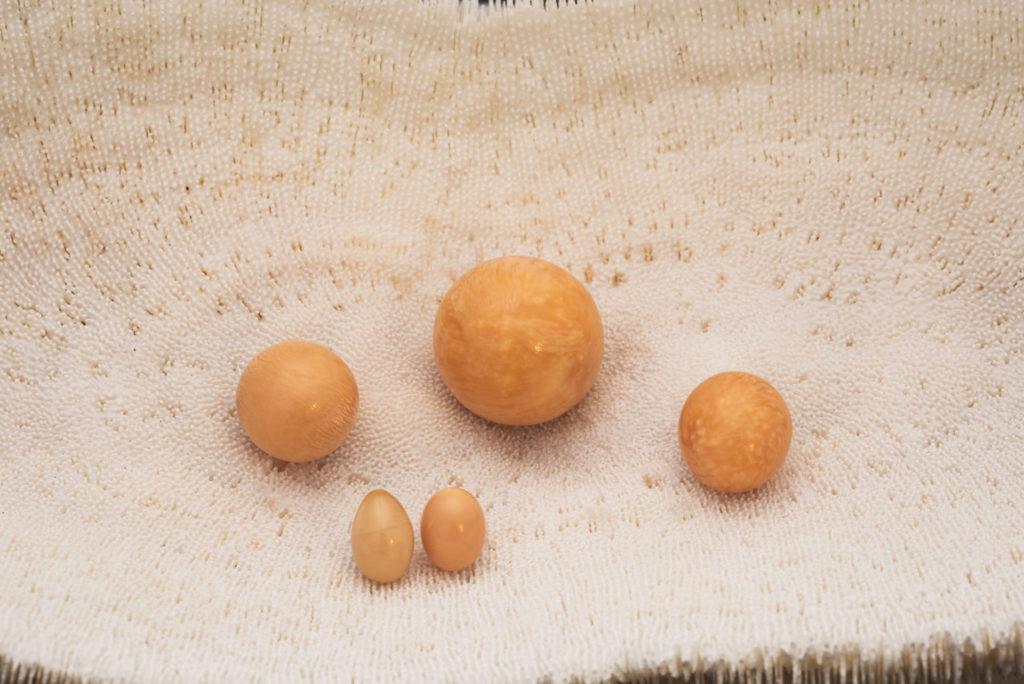Gem Focus March 2021: Pearls
*Gem Focus & Market Pulse (Free Subscriber)Non-nacreous Pearls: Rare natural pearls without orient.
A lustrous image of a white round object with subtle iridescence is the first thing that comes to mind when the word “pearl” is mentioned. The rare product of oysters from the vast oceans or unassuming mussels of rivers have always mystified human beings. Until pearl culturing was understood and studied over 100 years ago, many civilizations created divine stories about pearls and their origin. Technically, a reject of a bivalve, natural pearls are celebrated as a beautiful gemstone, not only due to their rarity but also for their minimum processing for jewelry. Even though, pearl culturing gave access to many more common and affordable products. Iridescence, specifically “orient” for pearls has been one of the most desirable features of a pearl regardless of origin.
Nature provides us even more fascinations when it comes to pearls. The “non-nacreous pearls” used to be rare collector’s items coming from different species of mollusks, i.e., sea snails. The most commonly known gastropods (conch or melo melo) or bi-valves (tridacna or scallop) to produce pearls are marine animals. Their growth process doesn’t produce orient but reflects the host animal’s color. Although the majority of these pearls are natural and cannot be cultured, conch pearl culturing has been successful as a marine biology project. The production, however, has not reached commercial quantities due to difficulty of the process. Conch, melo, and tridacna pearls are very popular with designers and achieve thousands of dollars per pearl, especially in large sizes with even body colors and “flame” structure. Flame structure is not only a desirable pattern on the surface of these pearls but also the best way of establishing the natural origin.
Gemologists know the importance of a reliable gem testing report for a natural pearl. Unlike many other gemstones, positive identification of any kind of pearl requires advance testing so the internal structure and chemistry of the pearl are analyzed. In the case of non-nacreous pearls, this becomes even more important as the thick shell of the very same animal that produces the pearl can be cut and polished in the shape of a conch or melo to imitate them. Since flame structure is observable with magnification, a wise gemologist can make a decision for further testing with such a basic method.
Of the non-nacreous pearl varieties, Conch and melo are more often to be seen in jewelry. Their subtle pink and orange colors are always in demand in high end jewelry. While they can be set on their own, they are often set with diamonds and pastel colored gemstones. One important physical property that the owner of such rare jewelry should know is the light sensitivity of melo and conch pearls. They tend to fade if subjected to direct daylight.

13.19 ct, 38.05 ct, 9.30 ct and a pair, 5.10 ct tw.
Courtesy of Pala International.
Photo by Mia Dixon.
Pricing of non-nacreous pearls vary widely based on species, size, shape, and color. It might be possible to see more commonly traded conch pearls (8mm or smaller) in the market around $1,000 or less, yet larger conch or any other species are traded per item basis in significantly higher figures.